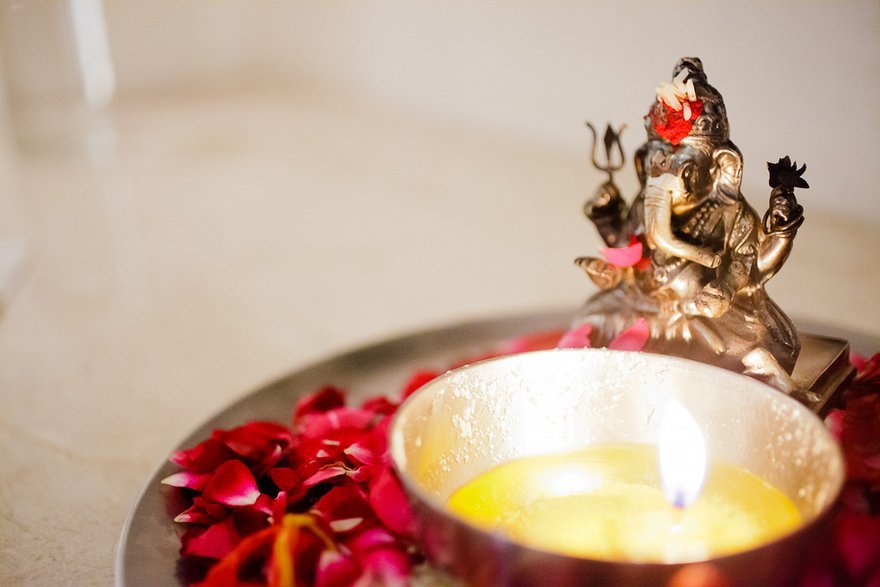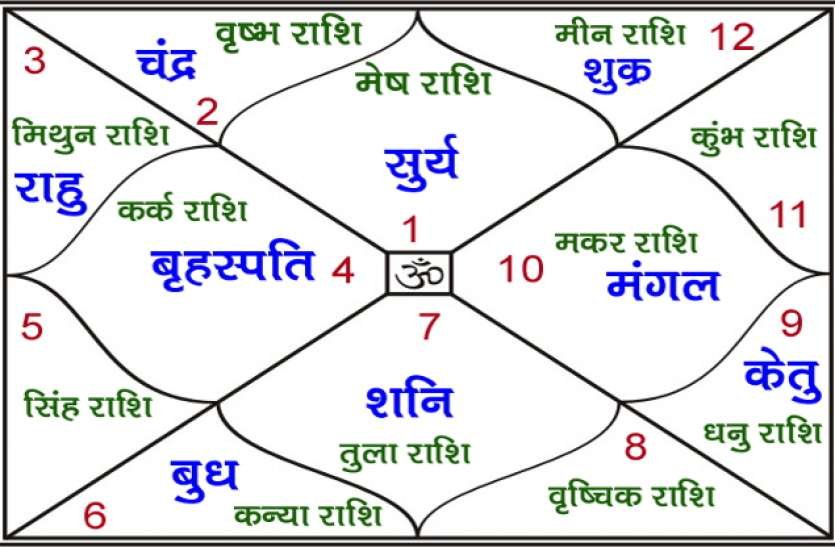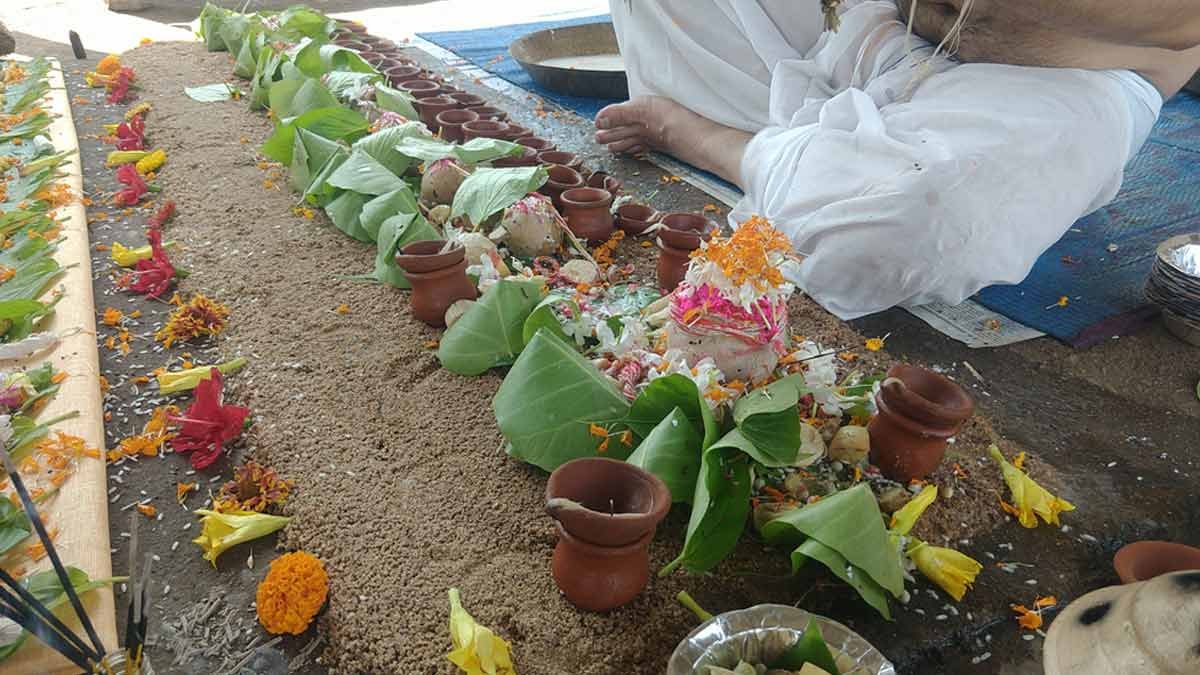Hindu Sanskara, Pooja and Rituals

We offer services for various pooja and rituals which are relevant to Hindu religion.
It’s important to note that “Sanskar” in Sanskrit generally refers to rites of passage or rituals that mark significant life events in Hinduism. Sanskaras are sacraments or ceremonies that have spiritual and cultural significance. Here are some of the key Sanskaras:
Garbhadhana Sanskara
This is the first rite performed by a married couple before conceiving a child. It is meant to invoke blessings for the healthy development of the child in the womb.
Pumsavana Sanskara
This is a ceremony performed during pregnancy to ensure the well-being and proper development of the fetus.
Namakarana Sanskara
This is the naming ceremony performed on the eleventh or twelfth day after birth, where the baby is given its name.
Simantonnayana Sanskara
This is a ritual performed during the seventh month of pregnancy, involving a parting of the hair to symbolize the beginning of the third trimester.
Nishkramana Sanskara
This marks the baby’s first outing, typically done in the third or fourth month after birth.
Jatakarma Sanskara
Performed at the birth of the child, this ritual involves chanting of mantras and seeking blessings for the newborn’s future.
Annaprashana Sanskara
This is the ceremony of introducing solid food to an infant, usually performed around the sixth month after birth.
Chudakarana Sanskara
Also known as Mundan or the first haircut, this ceremony is performed during the first or third year for boys and on a later date for girls.
Upanayana Sanskara
This is the sacred thread ceremony, marking the beginning of formal education for boys in certain Hindu communities.
Karnavedha Sanskara
This is the piercing of the ears, typically done during the first or third year for boys and around the fifth year for girls.
Vivaha Sanskara
This is the marriage ceremony, one of the most significant Sanskaras, marking the beginning of the householder (grahastha) stage.
Vidyarambha Sanskara
This is the initiation into learning, usually performed when a child starts formal education.
Antyeshti Sanskara
This is the last rite performed at the time of death, including cremation and rituals for the departed soul’s journey.
Each Sanskara is accompanied by specific rituals, prayers, and mantras, and they are meant to guide an individual through the various stages of life with spiritual significance.
Dosha nivaran poojas and rituals
Doshas and the associated rituals are rooted in Hindu astrology and can vary among different astrological traditions. “Dosh Nivaran Puja” refers to a ritual or worship conducted to mitigate or remove doshas, which are perceived astrological or cosmic imbalances or afflictions in a person’s horoscope. Doshas are believed to be associated with negative influences on various aspects of life, such as health, relationships, and career. The specific type of dosha and the methods to alleviate it can vary based on astrological beliefs and individual horoscopes.
Individuals seeking dosha nivaran poojas often consult with astrologers or priests who can guide them based on their specific horoscope.

We provide consultation with knowledgeable individuals, such as astrologers or priests, to understand the specific dosha and the appropriate remedies or poojas for one's unique circumstances.
Few common doshas and the associated poojas or rituals
Graha Dosha
This relates to malefic influences of planets in one’s horoscope. Poojas dedicated to specific planetary deities, like Navagraha Puja, are performed to appease and seek blessings from these celestial bodies.
Shani Dosha
This dosha is associated with the planet Saturn (Shani) and is believed to bring hardships. Shani Shanti Puja or Saturn Remedies are performed to alleviate the adverse effects of Shani Dosha.
Mangal Dosha
This dosha is associated with the planet Mars (Mangal). It is believed to affect marital harmony and is often addressed through specific rituals, such as Mangal Dosh Nivaran Puja.
Kuja Dosha
Also known as Kuja Dosham or Manglik Dosha, it is related to the placement of Mars in a person’s horoscope and is believed to impact marriage. Poojas like Mangal Dosh Nivaran Puja aim to reduce the effects of this dosha.
Pitra Dosha
This dosha is linked to ancestral issues and can affect various aspects of life. Pitra Dosh Nivaran Puja is performed to seek relief from the negative influences of ancestral karma.
Rahu-Ketu Dosha
Rahu and Ketu are lunar nodes, and their unfavorable positions in the horoscope are believed to cause doshas. Rahu-Ketu Shanti Puja or remedies are performed to mitigate these effects.
Pind Daan

“Pind Daan” is an importatnt Hindu ritual performed to pay homage and offer spiritual assistance to departed ancestors or departed souls. It is believed that by performing this ceremony, the souls of the deceased find peace and liberation from the cycle of rebirth. Pind Daan is particularly significant in Hinduism, especially for those following traditions associated with the Vedas and the Puranas.
Location
Pind Daan is often performed at sacred places along the banks of holy rivers, such as the Ganges, Yamuna, or at specific pilgrimage sites like Gaya (Bihar), Prayag (Allahabad), and Haridwar. These places are believed to have special spiritual significance for performing ancestral rites.
Timing
Pind Daan is usually performed during specific auspicious times, such as during the lunar month of Ashwin (Pitru Paksha), which is considered a particularly sacred time for paying homage to ancestors.
Preparation
Before the ritual, the performer (usually a family member or a priest) purifies themselves through rituals like taking a bath and wearing clean, traditional attire. Offerings for the ceremony, known as “pinds,” are prepared using a mixture of rice, sesame seeds, and barley flour.
Ritual Acts
Pind Offering
The performer offers the prepared pinds to the deceased ancestors. These pinds are believed to represent the body and soul of the departed.
Feeding the Brahmins
As part of the ritual, it is common to feed Brahmins (priests or learned individuals) as a symbolic way of expressing gratitude to the ancestors.
Tarpan
Water is offered to the ancestors while chanting specific prayers and mantras. The act of pouring water is called Tarpan and symbolizes the satisfaction of the departed souls.
Donations
Offering donations to the needy or performing acts of charity is considered virtuous and is often a part of the Pind Daan ritual.
Mantras and Prayers
Vedic hymns and prayers are recited during the entire ceremony to seek blessings for the departed souls and to request their peaceful journey in the afterlife.
Shraddha Ceremony
In addition to Pind Daan, the Shraddha ceremony is also performed to honor the deceased ancestors. This involves making offerings to Brahmins and is often conducted on specific anniversaries or during the Pitru Paksha period.

